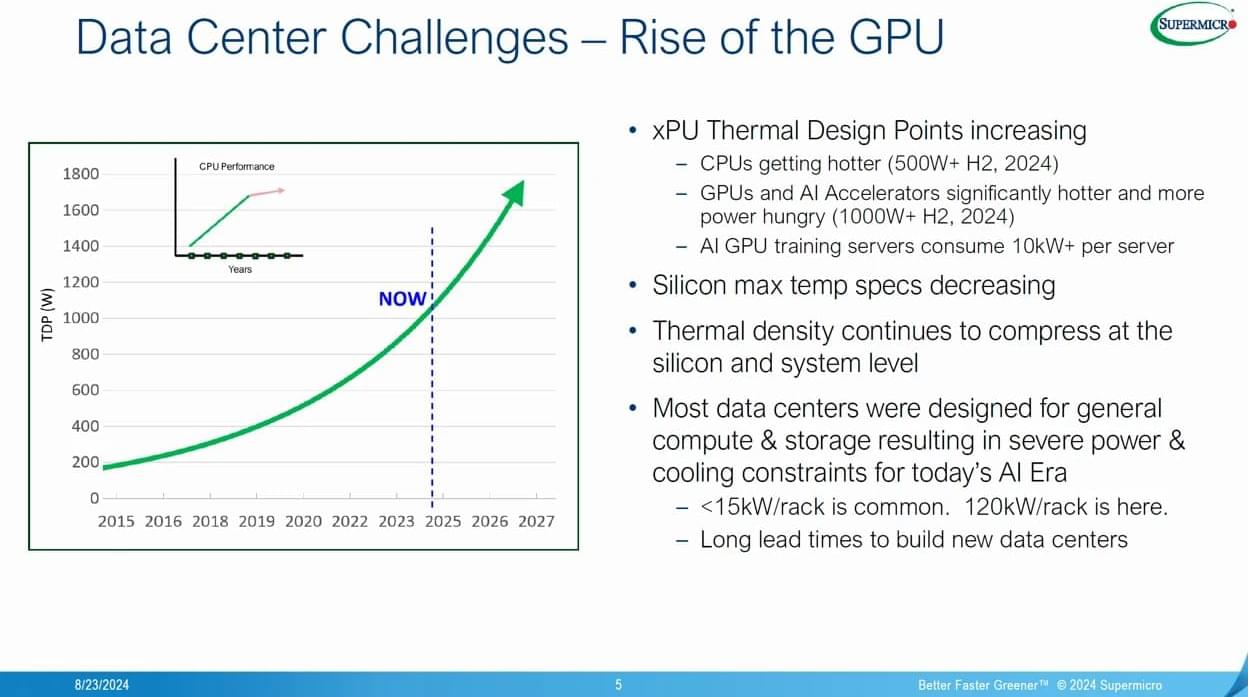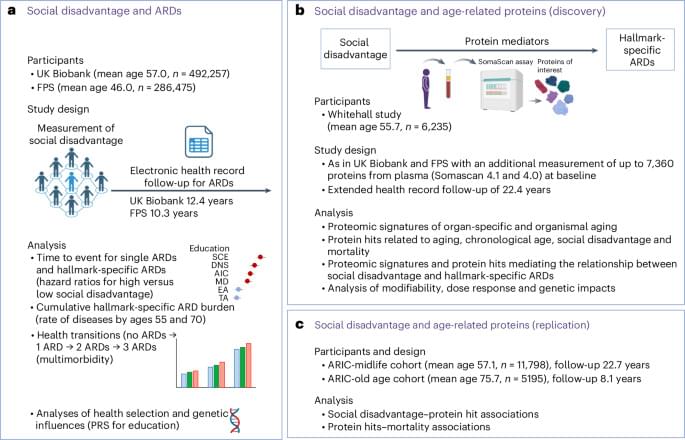DeepSeek is a ‘wake-up call’ that will spur American investment: Alex Karp
Get the latest international news and world events from around the world.
EPA considers eliminating its science arm
The Environmental Protection Agency (EPA) is considering the elimination of its science arm and firing most of that branch’s employees according to documents reviewed by the Democratic staff …
‘Dangerous proposition’: Top scientists warn of out-of-control AI
Yoshua Bengio and Max Tegmark, two of the world’s most prominent AI scientists, warned of the dangers of uncontrollable artificial intelligence.
VUB opens its doors to censored American researchers
University allocates funding and contact point for U.S. scholars looking to relocate to Brussels
Guest post: Should Zimbardo’s Stanford Prison Experiment be retracted?
A prisoner and guard in the Stanford Prison Experiment. | PrisonExp.org Philip G. Zimbardo passed away in October 2024 at age 91. He enjoyed an illustrious career at Stanford University, where he t…




Liquid Cooling, Meeting The Demands Of AI Data Centers
Adopting liquid cooling technology could significantly reduce electricity costs across the data center.
Many Porsche “purists” reflect forlornly upon the 1997, 5th generation, 996 version of the iconic 911 sports car. It was the first year of the water-cooled engine versions of the 911, which had previously been based on air-cooled engines since their entry into the market in 1964. The 911 was also the successor to the popular air-cooled 356. For over three decades, Porsche’s flagship 911 was built around an air-cooled engine. The two main reasons often provided for the shift away from air-cooled to water-cooled engines were 1) environmental (emission standards) and 2) performance (in part cylinder head cooling). The writing was on the wall: If Porsche was going to remain competitive in the sports car market and racing world, the move to water-cooled engines was unavoidable.
Fast forward to current data centers trying to meet the demands for AI computing. For similar reasons, we’re seeing a shift towards liquid cooling. Machines relying on something other than air for cooling date back at least to the Cray-1 supercomputer which used a freon-based system and the Cray-2 which used Fluorinert, a non-conductive liquid in which boards were immersed. The Cray-1 was rated at about 115kW and the Cray-2 at 195kW, both a far cry from the 10’s of MWs used by today’s most powerful supercomputers. Another distinguishing feature here is that these are “supercomputers” and not just data center servers. Data centers have largely run on air-cooled processors, but with the incredible demand for computing created by the explosive increase in AI applications, data centers are being called on to provide supercomputing-like capabilities.

Social disadvantage accelerates aging
As an initial step, we selected ARDs associated with hallmarks of aging. These included a total of 83 diseases linked to one or more hallmarks of aging, based on the taxonomy put forward in ref. 4 (Supplementary Table 2). Support for this taxonomy comes from multiple sources. Analyses of electronic health records from general practice and hospitalizations identified more than 200 diseases with incidence rates increasing with chronological age6,22. Researchers linked a subset of these ARDs to specific hallmarks of aging using several approaches: mining 1.85 million PubMed abstracts on human aging, identifying shared genes in the genome-wide association study catalog, conducting gene set enrichment analysis and analyzing disease co-occurrence networks within each hallmark4.
We confirmed the co-occurrence of ARDs within each hallmark in 492,257 participants from the UK Biobank study23. The presence of one ARD increased the risk of developing another ARD related to the same hallmark, with clustering coefficients ranging from 0.76 for LOP-specific ARDs to 0.92 for SCE-specific ARDs. These findings corroborated the hallmark-specific clustering of ARDs (Extended Data Figs. 3 and 4)23.
In time-to-event analyses of UK Biobank and FPS participants without these ARDs at baseline (n ranging from 477,325 to 492,294 in the UK Biobank and from 278,272 to 286,471 in the FPS, depending on the social disadvantage indicator and ARD), social disadvantage—indicated by education and adult SES (neighborhood deprivation)—was associated with a higher risk of developing ARDs. In the UK Biobank, the age-, sex-and ethnicity-adjusted hazard ratio for developing any ARD was 1.31 (95% confidence interval (CI) 1.29–1.33) for individuals with low compared with high education. For individuals with high versus low adult SES, the hazard ratio was 1.21 (95% CI 1.20–1.23). In the FPS, the corresponding hazard ratios were 1.28 (95% CI 1.25–1.31) and 1.23 (95% CI 1.20–1.27), respectively.